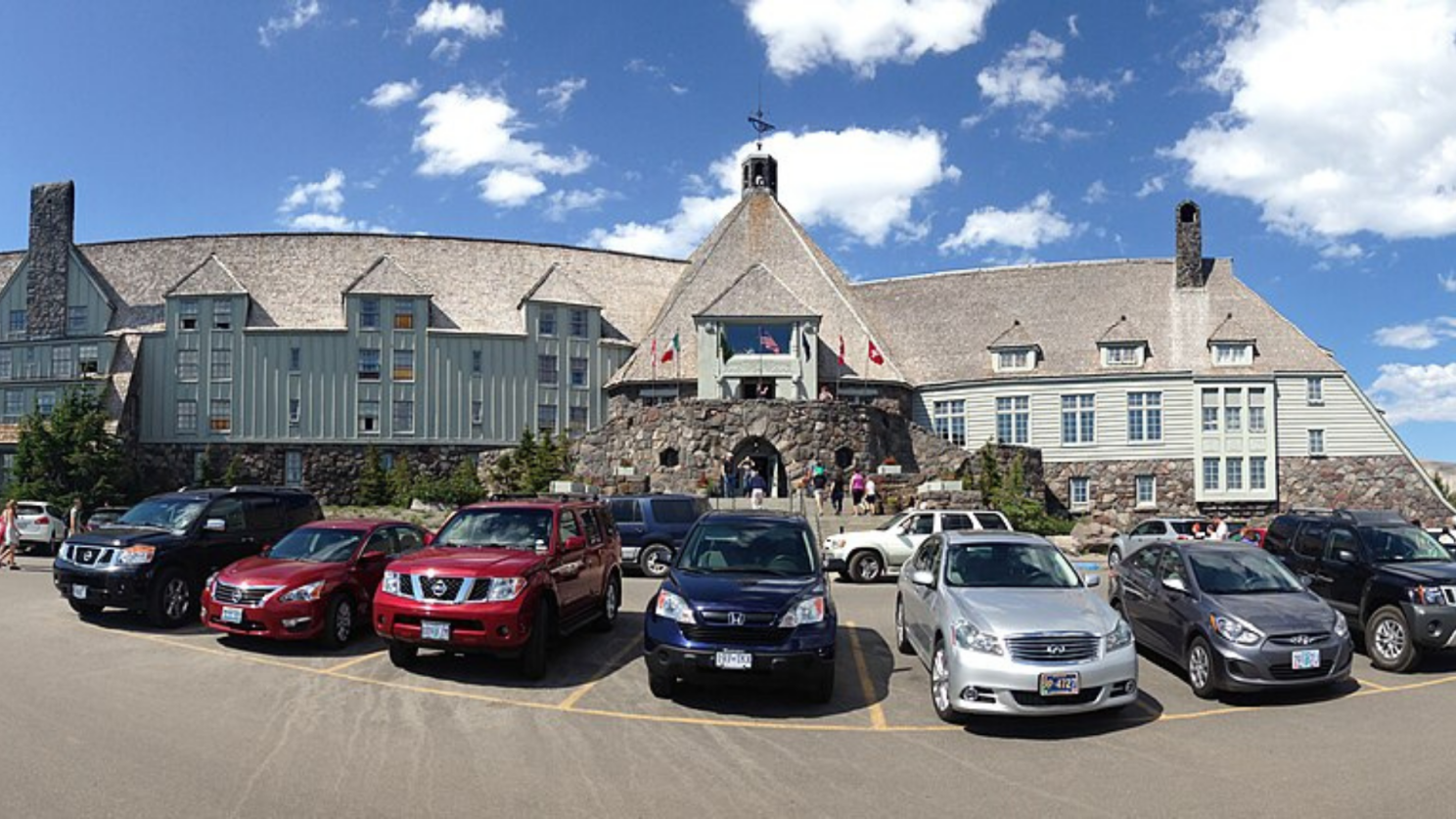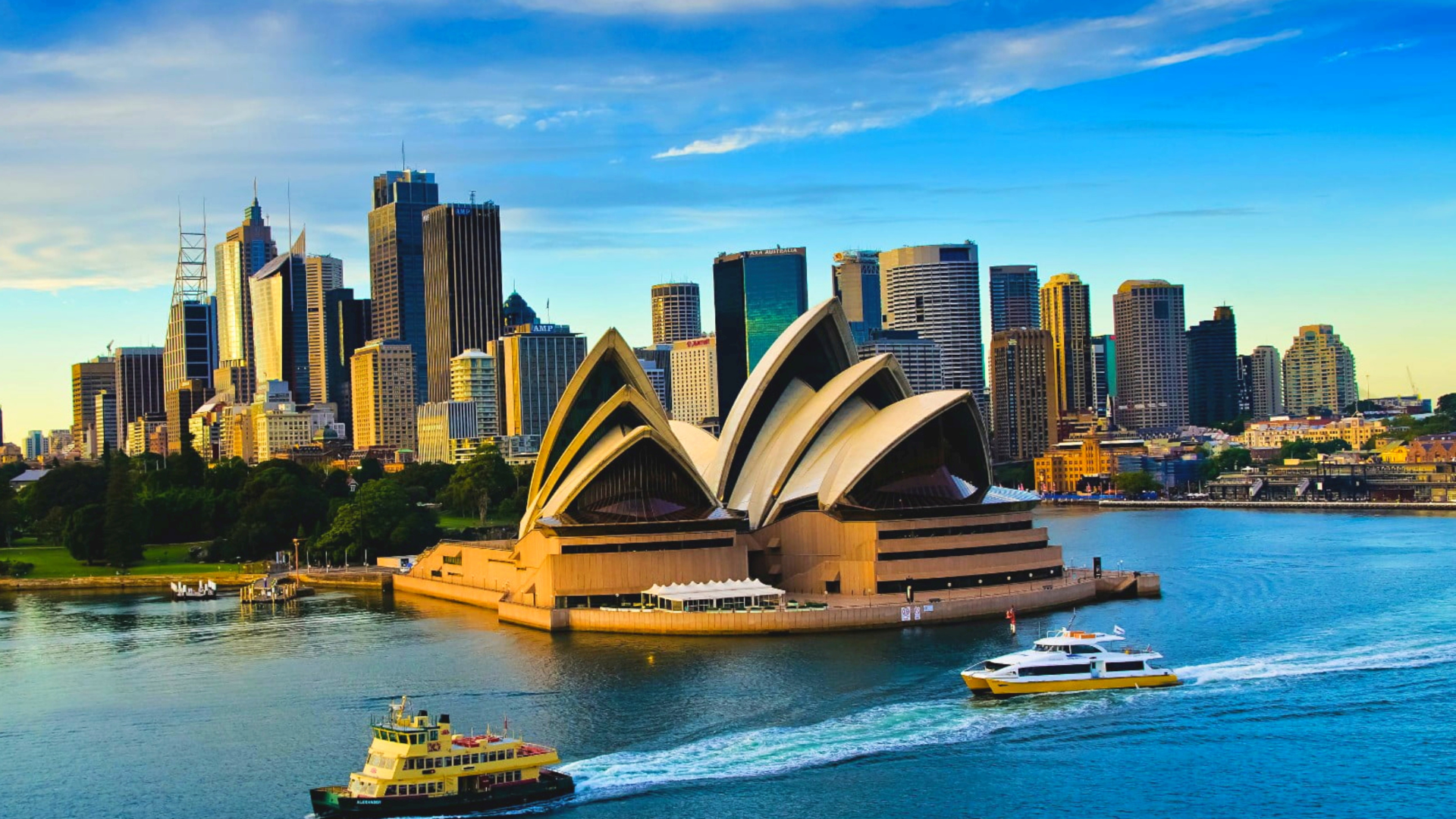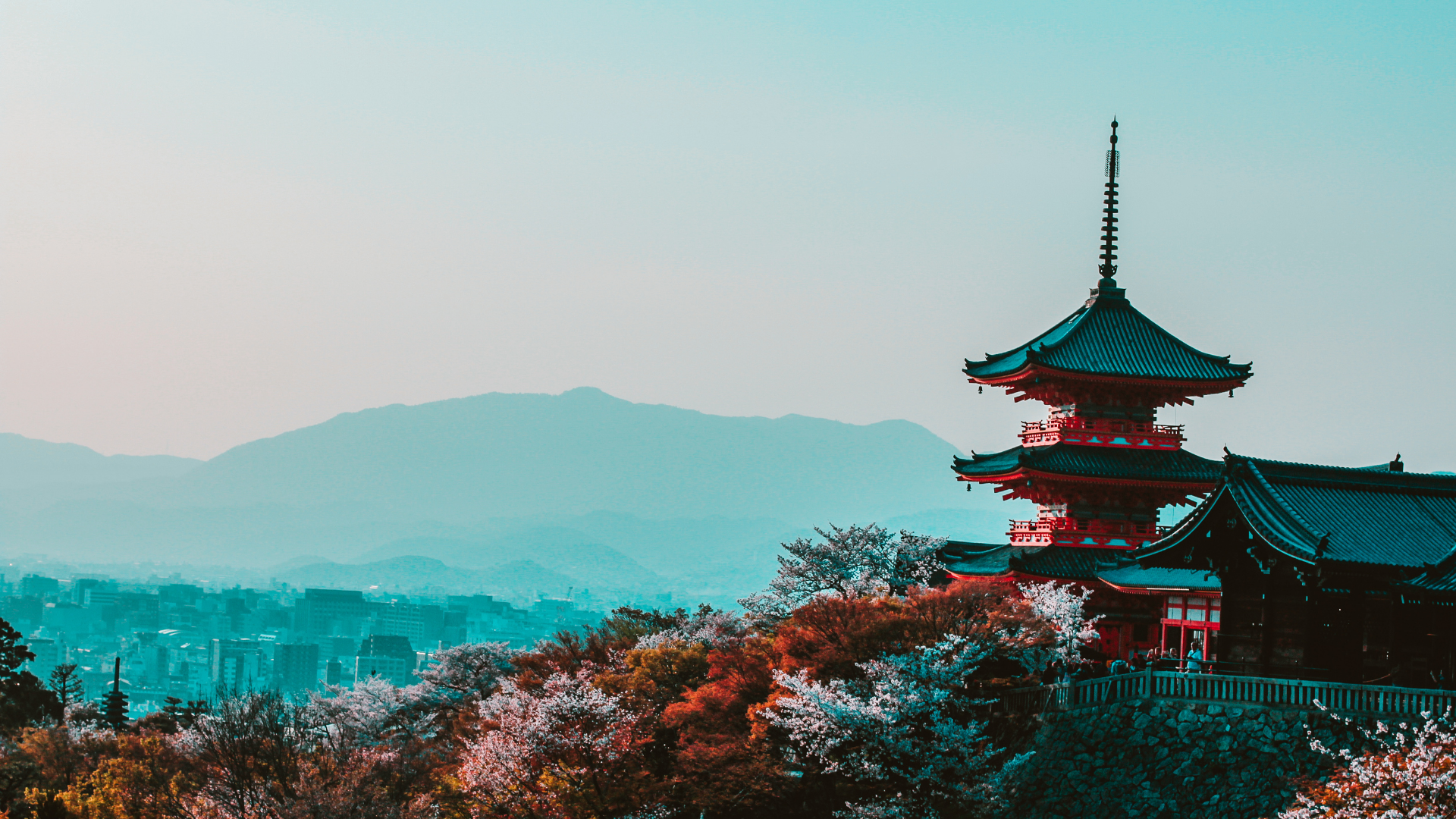Some stories stay with us long after the final scene - not only because they scare us, but because of the worlds they created. The twisted hallways, fog-covered lakes and lonely streets in our favorite horror films aren’t just figments of imagination; they exist. They breathe. And you can visit them.
This Halloween, we follow the footprints of cinema’s most haunting legends - from Transylvania’s shadowed towers to Japan’s silent shores - exploring the real destinations that shaped the silver screen’s most unforgettable nightmares.
1. Bran Castle, Romania - Dracula (1992)

High above the forests of Transylvania, Bran Castle stands as one of Europe’s most atmospheric fortresses - and one of its most misunderstood. Though Bram Stoker never set foot in Romania, his legendary vampire found a home here thanks to the castle’s dramatic silhouette and dark medieval beauty. Inside, winding staircases lead to stone rooms where candlelight flickers against centuries of history.
Visitors can explore museum exhibits that blend myth with reality, discover Vlad Țepeș’s true story (the historical “Dracula”) and enjoy panoramic views across the misty valleys below. The nearby towns of Brașov and Râșnov add even more depth to the experience - cobbled streets, Gothic spires and that faint feeling that someone might be watching.
Go in late October, when autumn fog wraps the castle in a silver haze - and the Halloween tours fill the air with echoes of long lost stories.
2. Timberline Lodge, Oregon, USA - The Shining (1980)

Perched on Mount Hood’s slopes, Timberline Lodge became the haunting exterior of the Overlook Hotel - the heart of Kubrick’s psychological masterpiece. Surrounded by endless pine forests and snowfields, the lodge radiates a strange duality: warm fires and laughter inside, utter silence and isolation outside.
Fans of The Shining will recognize the building’s facade instantly, though interiors were filmed elsewhere. Still, it’s impossible not to feel that famous unease when a storm rolls in and the mountain disappears into white. Timberline remains a functioning lodge, welcoming travelers year-round for skiing, hiking or simply a night in cinematic history.
Walk the nearby trails at dusk - the silence in the forest is so intense, you might hear your own thoughts whisper back to you.
3. Kashima Harbor & Mount Fuji Area, Japan - The Ring (1998)

Before there was The Ring as Western audiences know it, there was Ringu, the 1998 Japanese classic that forever changed horror. Its unsettling calm, pale skies, minimalist settings and that now-famous cursed videotape, was filmed across several real places.
Many key scenes were shot around Kashima Harbor and the Ibaraki Prefecture, with some sequences near Lake Motosu at the base of Mount Fuji. The contrast is chilling: serene lakes, quiet harbors and fog drifting over the water, it’s beauty layered with dread. Fans can visit the pier and shrines that appear in the film, finding peace in the same landscapes that once symbolized terror.
Travelers often pair a visit here with a traditional onsen stay nearby - a poetic way to balance fear with tranquility.
4. Camp No-Be-Bo-Sco, New Jersey, USA - Friday the 13th (1980)

“Camp Crystal Lake” - the setting that introduced Jason Voorhees to the world - is, in reality, a functioning Boy Scouts camp tucked away in Hardwick, New Jersey. Known as Camp No-Be-Bo-Sco, it looks almost identical to its on-screen self: a still lake reflecting pine trees, wooden cabins lost among shadows and paths that feel both nostalgic and unnerving.
Though the camp is private property, it occasionally opens for official “Crystal Lake Tours” led by guides who worked on the original production. Visitors can walk the film locations, see authentic props and hear behind-the-scenes stories from the crew.
Tickets for these rare tours sell out quickly - proof that curiosity can be stronger than fear
5. Port Hope, Ontario, Canada - IT (2017 & 2019)

Stephen King’s fictional Derry, Maine, found its real-world form in the idyllic town of Port Hope. Just an hour east of Toronto, this peaceful community transforms under the camera’s gaze into a place where childhood innocence meets pure terror.
You can stroll down Walton Street, where the Losers’ Club rode their bikes; cross the same bridge from the opening scene; or visit the historic Capitol Theatre, which still screens IT each Halloween. Local shops even sell Pennywise-inspired memorabilia, a tongue-in-cheek tribute to their unexpected fame.
Despite its cinematic legacy, Port Hope remains utterly charming - the kind of small town that makes you forget what’s lurking in the sewers.
6. Elm Street, Los Angeles, USA - A Nightmare on Elm Street (1984)

Freddy Krueger’s nightmares were born not in dreams, but in a quiet Los Angeles neighborhood. The original Elm Street house, 1428 North Genesee Avenue, still stands, with its red door and pale appearance instantly recognizable to fans.
The surrounding streets, lined with palm trees and sunshine, couldn’t feel further from the film’s horror. And that’s part of the magic: director Wes Craven used ordinary suburbia to show that fear can live anywhere. Visitors often combine a drive-by here with a self-guided “Hollywood Horror Tour,” exploring filming spots across the city.
The house is privately owned, so look - don’t knock. Sometimes, the most iconic nightmares are best admired from afar.
7. Södertälje, Sweden – Let the Right One In (2008)

A hauntingly beautiful suburb of Stockholm, Södertälje became the setting for one of the most poetic vampire films ever made. Here, horror takes the form of loneliness: snow falling over playgrounds, empty apartment courtyards and quiet whispers between two children bound by darkness and trust.
Travelers can easily reach Södertälje by train from Stockholm - a perfect day trip for cinephiles drawn to Scandinavian melancholy. The stillness of the place, especially in winter, makes it easy to understand how director Tomas Alfredson turned silence itself into a character.
Stay until twilight. When the light fades to blue, you’ll understand why this film is called a masterpiece of atmosphere.
8. Görlitz, Germany – Suspiria (2018)

When Luca Guadagnino reimagined Suspiria, he needed a place both elegant and unsettling, so he found it in the decaying grandeur of Görlitz’s Grand Hotel. With its fading frescoes, echoing halls and heavy air of forgotten glamour, the building became the perfect stand-in for a haunted dance academy.
Görlitz itself, near the Polish border, is one of Europe’s most cinematic towns. Its Art Nouveau architecture and pastel facades have appeared in dozens of films, from The Grand Budapest Hotel to Inglourious Basterds. Yet when twilight falls and the streets empty, it’s easy to believe that something - or someone - might still be dancing in the dark.
For film lovers, Görlitz is a living movie set - beautiful, strange and unforgettable.
Every horror movie hides a love letter to its setting - to the landscapes, architecture and atmospheres that make fear believable. Visiting them isn’t about chasing ghosts, it’s about seeing how storytelling transforms a place into legend.
From Transylvania’s gothic towers to Japan’s lakeside silence, these destinations remind us that fear and fascination often share the same map.
So this Halloween, pack a sense of curiosity, and maybe a flashlight. The world of cinema is closer than you think.






